In Ghosts of my Life, theorist and pop&internet culture darling Mark Fisher (whose name cannot be separated from theorizing cultural production in late capitalism) talks about what he calls the “slow undoing of the future.” With the era of post-Fordist capitalism and the boom of digital culture, the very texture of the present we live in is changing in a way that “contemporary culture can no longer articulate,” says Fisher. In a state of the impossibility of generating real novelty and as a response to the implicit failure to be able to imagine a progressive transformation of the mass culture of the future, nostalgia becomes a fundamental resource in the attempt to give meaning to the present. A cause of this phenomenon is found even in contemporary consumer society, Fisher stating that its lack of social cohesion and meaning gives rise to a hunger for the familiar and well-established, which can only be found by appealing to the past. If the 20th century was one of modernist innovation, the 21st century is one of nostalgia and repetition of the past, and the specter that haunts us is that of a future that never came. Just as the obsession with nostalgia can be seen in the music or films that are the subject of Fisher’s analysis, contemporary art in turn offers multiple examples of the polyphonic declinations of nostalgia.
Ghosts Whisper Loud and Clear (June 8-July 8, 2023) is the name of the show with which the Zina gallery from Cluj-Napoca inaugurates a new space, Zina Project Space, a gallery within the former Emil Isac memorial house. In this case, the very location of the exhibition contributes to the immediate tracing of the coordinates of a past(s)-present(s) dialogue with stakes not only theoretical, but also experiential.
An ambitious curatorial project, summing up the works of 24 artists, Ghosts Whisper Loud and Clear bets on a strong scenographic character, in a sensual “choreography” through the vision of the formal aspect of panning and presentation. Marked both by the organic and fluid nature of the relationship between the works and the space offered by the Emil Isac memorial house, as well as by the dialogue that the works have with each other and together with the pieces of “scenographic props”, the exhibition space becomes immersive by appealing to additional senses, such as smell or hearing. But it is not the individual works that directly stimulate these senses, but the very structure and nature of the scenography (with the rigorous props, along with the intervention of the artist Dan Beudean): the smell of the closet or the sound of the key being turned to open a secret compartment. A characteristic of this scenography is that it manages to operate simultaneously and with dosages close in intensity on two distinct levels, that of the visual-sensory stake with immediate reception and that of the proposal towards the reading of an investigation of a theoretical nature illustrated by the route of the exhibition. Moreover, the visual-sensory level organically leads the reading towards the discovery of the stakes of the theoretical investigation, showing a very good use of the scenographer’s training of the artist and curator Adrian Ganea.
If in the introduction we invoke Fisher as a benchmark for the general theorization of the phenomenon of nostalgia in the cultural productions of late capitalism, it is important to note the contextual parameters as a scene of the polyphonic nature of nostalgia in the local artistic space. In Ghosts Whisper Loud and Clear, Adrian Ganea continues the investigation started, together with Flaviu Rogojan and Thea Lazăr, in the exhibition Millions Of Ruins (2021) at Galeria Quadro in Cluj-Napoca, starting from the nostalgia of the 80s generation 90 compared to the decade of the ’90s and the beginning of the 2000s. The idiosyncrasies of postmodernism from the autochthonous space, especially the Transylvanian one, which were the object of Ganea’s problematization in Millions of Ruins by bringing into discussion an architectural, decorative history that “meets technology and religion in their prophetic role” are doubled this time by investigating the group dynamics of the exhibited artists. If, as a rule, discussions about possible stylistic influences are reserved for opening gossip or in-house discussions, here they become the object of a visible display with an almost anthropological value, through which one can also observe the outline of several generational positions of negotiation with the past (recent or distant until to extract from the myth).
The route of a possible reading opens from the entrance hall with George Crângașu’s foreboding work Fear of Sunsets, in which Light seems to be losing the battle with Darkness. The first room, by far the most organically fluid in the exhibition, is populated by works distributed in a scenography that has as props pieces of furniture specific to the late ’50s-’60s art deco, whose presence triggers the visitor’s childhood memories with the furniture of parents or grandparents. Once entered into this individual and yet common generational trance that invokes nostalgia, archaic presences (the sculptures of Tincuța Marin and Christian Roncea) and mythological references (the work of Maria Balea and Adrian Ganea) intertwining their whispers with organic oneirism (Lorena Cocioni) or introspective (Ana Botezatu and again Roncea), with immediate cultural references (Matei Țigăreanu), which cross a generation (Răzvan Anton and Xenia Roth) or more, until it becomes a legend (Hortensia Mi Kafchin). Giuliea Crețulescu’s work is aesthetically integrated into this framework, and the works of Charles de Bisthoven, a clear illustration of postmodernism from the thematic point of view, prepare the ground for the entrance to the second room.
The second room is the “hall of archeology” and the various forms of reporting on the past, emphasizing at the same time the spheres of aesthetic influence within the dynamics between the exhibited artists: both Hortensia Mi Kafchin and de Bisthoven were Adrian Ghenie’s assistants (by the way, in this way it can be observed by comparison with the work in the first room and the stylistic evolution of Hortensia Mi Kafchin over time). The tone proposed in this second space is more surgical and addressed primarily to theoretical speculation, compared to the formal sensuality of the first room. From the “speculative archeology” of Șerban Savu to the archeology of the internet at Cristian Tușinean or from the nostalgia of a future of technology that has become obsolete at Flaviu Rogojan and Adrian Ghenie (whose presence in the exhibition can be interpreted in a Fisherian key and as a reminder of the nostalgia of a glorious unfulfilled future of Cluj), the ghosts of the second room tell us about the fragmentation of temporalities. The physicality of speculative ruins (Tincuța Marin and Roberta Curcă) meets the speculation about the end of an era, that of the Internet (Hortensia Mi Kafchin).
The theme of technology becoming nostalgia can also be found in the third room at Răzvan Anton (in an exploration of experimental drawing) and at Thea Lazăr (by reclaiming the feminist voice of textile arts). On the other hand, Ciprian Mureșan’s work, exhibited for the first time in Cluj, deals precisely with the recent history of Cluj sculpture, continuing the direction of approach with which he has accustomed us. The point of interest of this room, however, is the intervention of the artist Dan Beudean, a space within a space created by modifying a piece of furniture specific to the 80s in Romania so as to allow access to the interior. Along with the artist’s own work, the space is populated by the works of Alexandra Mocan (who approaches a postmodern vision of architecture while the very architectural gesture of pannoting is a postmodern one), of Nicoleta Mureșan, Roberta Curcă and Cristian Grecu, each invoking the ghosts of nostalgia. Having a strong personal-sentimental note but operating on a generational level, Beudean’s intervention synesthetically focuses the production of the feeling of nostalgia and suspension in a strange a-temporality between a future that has not yet come and a past to which we can no longer return. How is going back in time a trap? To what extent is the past we take refuge in as a self-soothing mechanism to dream of impossible future(s) real?
Through a curatorial project that deserves attention, Ghosts Whisper Loud and Clear proposes an immersive route through micro-narratives definitively specific to postmodernity. Moreover, it brings to the fore the very generational transition from a historical thinking (and a culture of history) to the claim from an ahistorical world, in which time is already divided into digital microslices (Internet culture).
POSTED BY
Mădălina Surducan
Mădălina Surducan (born 1991) lives and works in Cluj-Napoca. She has a degree in Graphics from the University of Art and Design Cluj-Napoca and graduated from the master's program "Philosophy, Cult...
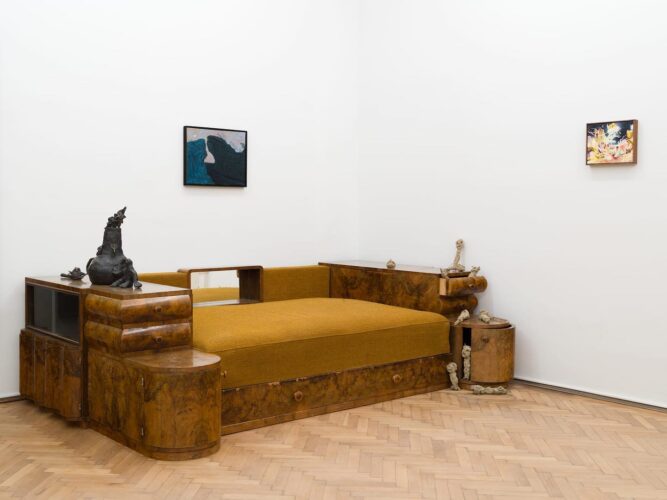
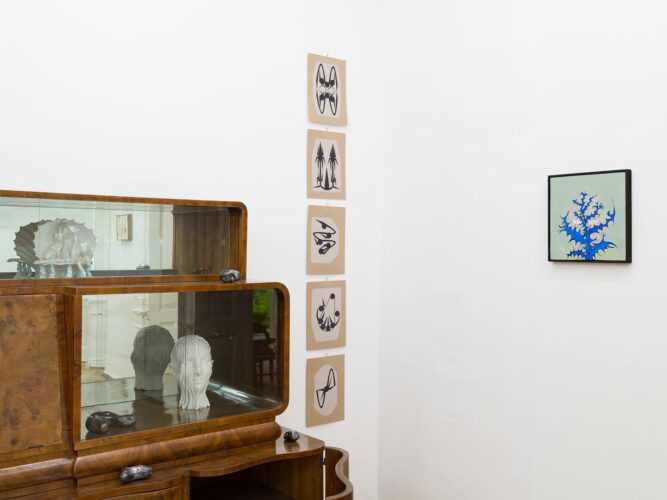
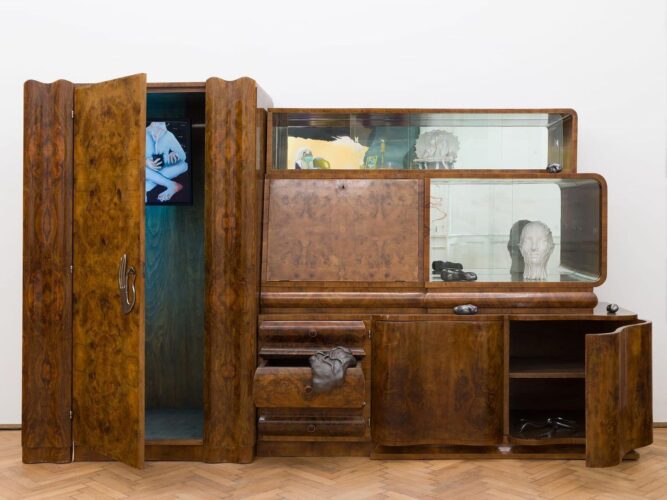
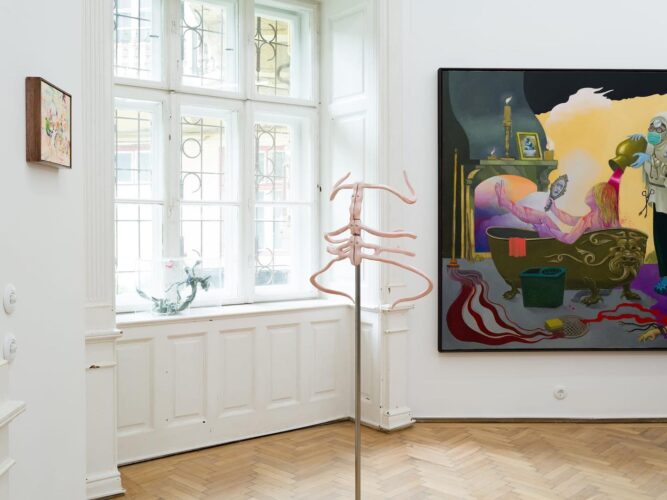
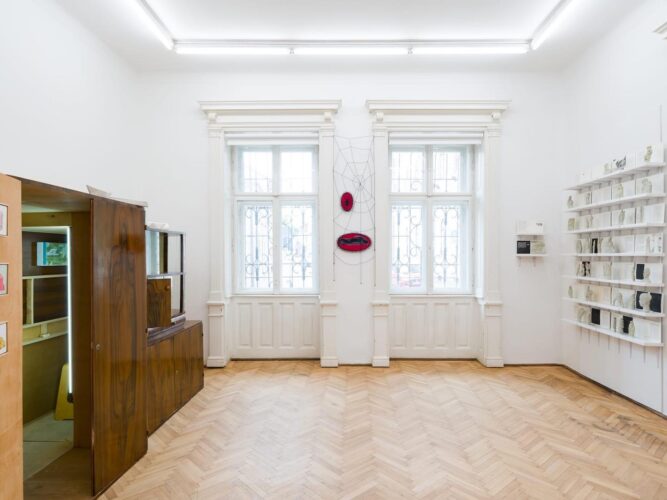
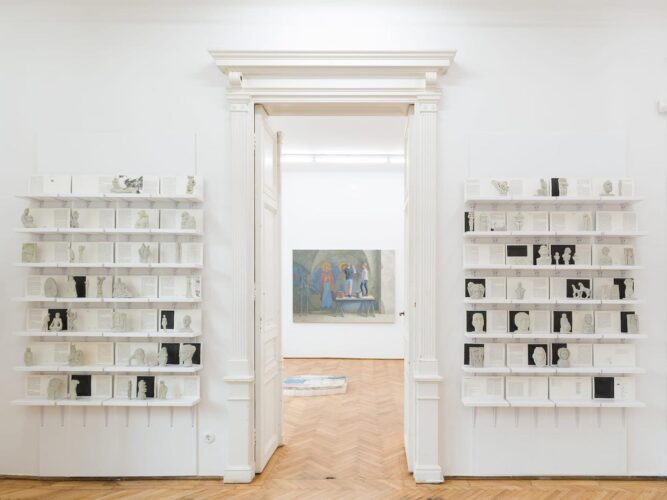
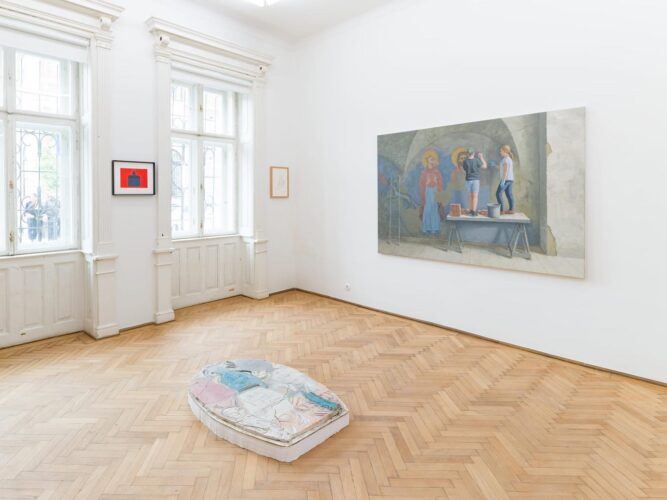
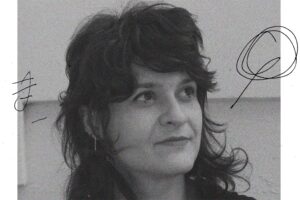
Comments are closed here.